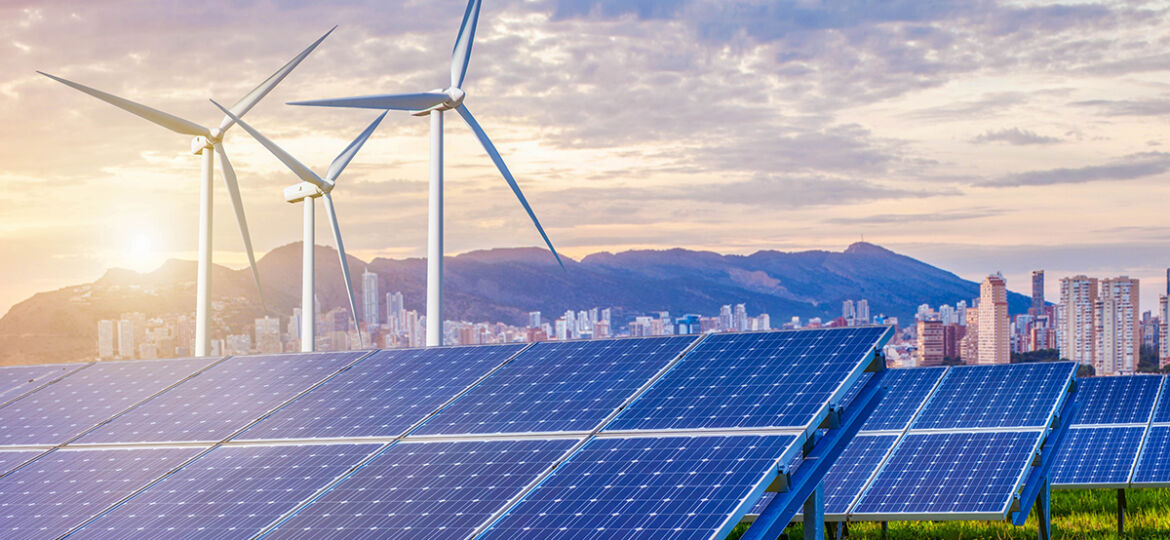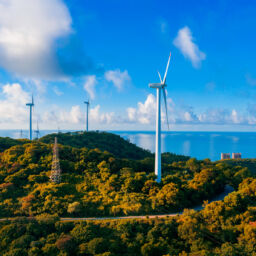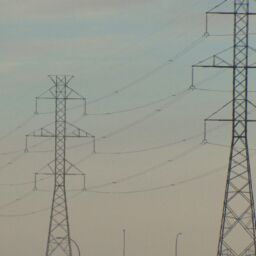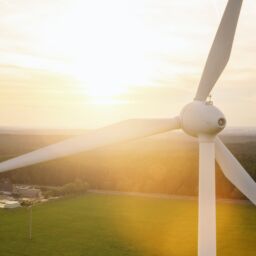
On Thursday, the German parliament approved numerous pieces of legislation included in the so-called Easter Package, which aims to speed up the implementation of renewable energy in Europe’s largest economy.
With 379 affirmative votes and 281 negative votes, the Bundestag adopted the amendments to the Renewable Energies Act that will increase the country’s wind and solar energy goals. Thursday’s legislative modifications also affect the Federal Nature Conservation Act and the legislation governing both onshore and offshore wind development.
In an effort to wean Germany off of Russian fossil fuels, the federal government aims to increase the country’s installed solar capacity to 215 GW by the end of this decade, from the current 60 GW. This will need the deployment of 22 GW of new capacity yearly.
In order for Germany to have 115 GW of turbines by 2030, onshore wind development must approach 10 GW each year. In order to facilitate the addition of new capacity, a new law mandates that each state set aside a minimum amount of land for the installation of wind turbines, so that 2% of Germany’s territory is available for wind energy. By the end of 2032, the separate federal states must dedicate between 1.8% and 2.2% of their land to turbines. To date, just 0.8% of the country’s land area has been earmarked for wind energy, and only 0.5% of this land area is actually utilized for this purpose.
The capacity goals for offshore wind are 30 GW by 2030, 40 GW by 2035, and at least 70 GW by 2045. The offshore wind law also permits the auctioning of smaller areas for parks with capacities beginning at 500 megawatts. In addition, nature conservation areas will only be considered for turbine installation after all other areas have been assigned, and non-EU investors wishing to participate in offshore auctions may be examined and ultimately excluded.
The German solar energy organisation BSW characterized the adopted modifications as a significant step toward the solar age. Carsten Koernig, managing director of BSW, cautioned that the high targets can only be attained if investment impediments are removed and additional reforms are implemented swiftly.
In a second statement released on Tuesday, the association emphasized that the regulatory framework must be streamlined and bureaucracy must be minimized by the next so-called Summer Package. The required modifications concern certification, grid connection requirements, and other tax considerations.
The German organisation for wind energy, BWE, also applauded the increased targets, but asked for additional improvements. The Easter Bundle contains many positive aspects, but it lacks steps to develop solar and wind energy, and some industries, such as biogas, have no future at all. If Germany truly wishes to become climate-neutral and less dependent on energy imports, it needs to do even more in order to make the renewable future a reality. It needs to invest in a new energy source, one that will provide us with an energy-efficient and sustainable future.
Thankfully, such an alternative energy source already exists. It’s a new player that has already overcome all the problems that other renewable energy sources face. It’s a pure energy source that will change the course of human evolution. This is an energy source known as Neutrino Energy.
The idea that neutrinos and other kinds of non-visible radiations could be used to generate energy has been disregarded by scientists for a long time. However, a discovery made in 2015 confirmed that neutrinos do, in fact, have mass. This has convinced some scientists that the generation of energy via neutrinos and other non-visible radiations is a possibility. The renowned Neutrino Energy Group, which is a company focused on harnessing the power of neutrinos and other non-visible radiation, is responsible for the development of the amazing technology known as neutrinovoltaic.
Neutrino Energy ‘s potential is limitless; for instance, neutrinovoltaic cells do not encounter the same hurdles as other renewable energy sources in terms of efficiency and reliability. Continuous neutrino energy production is possible even when the sun isn’t shining and the wind isn’t blowing. This is a huge advantage, since it allows the technology to produce power continuously, 24/7, throughout the whole year. Due to the fact that neutrinos pass through almost all man-made and natural materials with little resistance, neutrinovoltaic devices may be deployed both inside and outdoors, as well as underwater. Neutrinos continue to bombard the Earth independent of climatic circumstances, making neutrinovoltaic technology humanity’s first fully sustainable energy innovation.
And here is another cool fact about neutrino energy: it’s an energy source that doesn’t require energy storage systems. Neutrinovoltaic technology offers the potential to alleviate the burden of renewable energy sources that rely on storage, even on a small scale. Even if neutrino energy satisfies just 10 percent of a renewable power grid’s entire energy demands, it still eliminates the need to store 10 percent of that system’s electricity in batteries.
Decentralization is the essence of neutronovoltaic technology’s attractiveness. While power from fossil fuels can only be produced in metropolitan areas and most households lack solar panels or wind turbines, neutrinovoltaic devices are tiny enough to be integrated directly into mobile phones, appliances, automobiles, and other energy-consuming equipment, therefore making it unnecessary to store or squander power by transporting it across the city.
However, the energy sector isn’t the only one profiting from neutrinos’ limitless potential; the electro-mobility business also benefits greatly from them. While the bulk of electric vehicle users still get their power from a wall outlet, we get ours from the environment.
No one has been interested in this kind of energy until now since the internal combustion engine was not intended for it, but for an electric automobile, the ambient energy is like a constant fuel pump, an unlimited cosmic ray surge from the sun, light, neutrinos, and other invisible radiation.
Thanks to international collaboration between the respected C-MET institution in Pune, India, and the Neutrino Energy Group in Berlin, Germany. The CAR PI project will be developed, constructed, and manufactured into a one-of-a-kind car that draws its energy simply from the environment—completely independent of the “dishonest” electricity that comes from the combustion of fossil fuels. Making this invention one of the most ambitious tasks ever undertaken by mankind, and it is getting closer to becoming a reality.
This remarkable vehicle generates its own energy by utilizing neutrinos and other non-visible radiations, making it the world’s first automobile that does not require recharging at a standard charging station, instead pulling what it requires to circulate eternally, whether driving or simply sitting motionless. Depending on the situation, just leaving the car outside for an hour can give it up to 100 kilometres of range.
Neutrino Energy is truly the power of the future, and it is all thanks to Neutrino Energy Group’s efforts and its impressive neutrinovoltaic Technology. Humanity now has a long-awaited and trustworthy solution to the current energy crisis. Due to their hard work, more substantial changes will take place, and hopefully others will follow in their footsteps, and we will live in a better and more environmentally friendly world in the years to come.
















